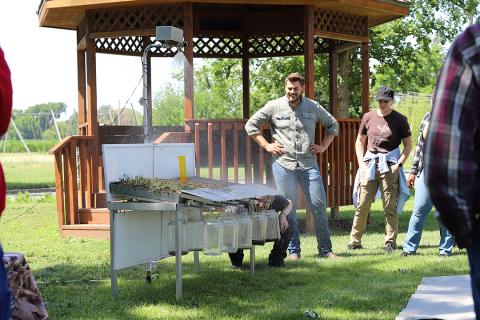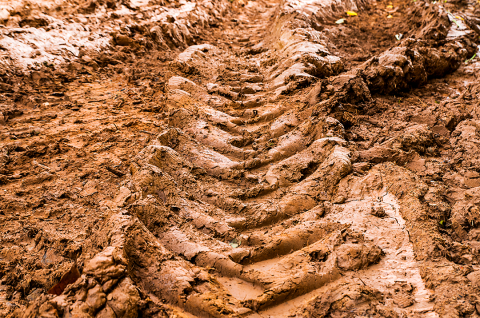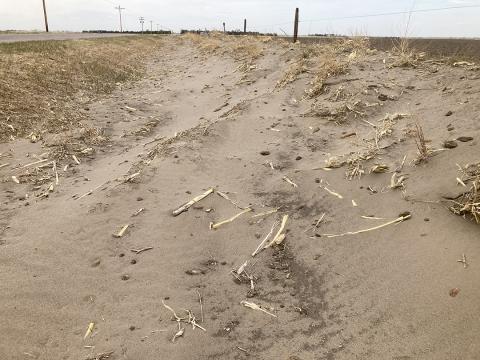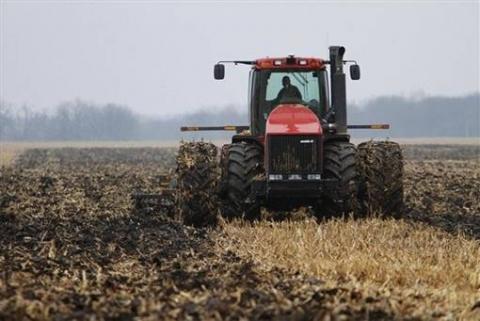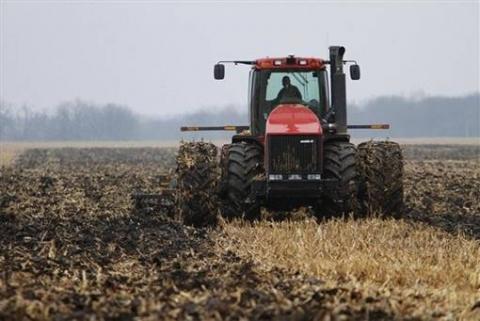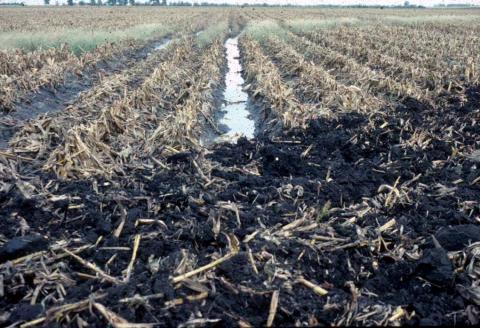Dryland Cropping Systems to be Focus of Upcoming Nebraska Soil Health School
March 11, 2024
The first Nebraska Soil Health School of 2024 will feature presentations on the impact of tillage, biochar and cover crops, soil health measurement and carbon markets, and more.
The Soil Health Exchange: Addressing Waterlogging Issues with Soil Health Management
January 30, 2024
Fields with diverse soil types can pose distinct challenges in water management, especially under pivot irrigation. In this article, UNL experts review factors that contribute to waterlogged soil and several practices that can improve drainage issues.
Using Emergency Tillage to Control Wind Erosion
April 21, 2022
Although soil erosion is best handled with a long-range plan that includes maintaining vegetative ground cover, reducing tillage, reducing field widths, and planting wind breaks, when soil starts moving unexpectedly — or conditions suggest this may occur — emergency control strategies are needed.
Strategic Tillage for the Improvement of No-Till Cropping Systems
January 21, 2020
The practice of OT once in 5 to 10 years or more is not likely to adversely affect no-till systems. However, to be beneficial, the OT has to be well-planned and implemented to target a well-characterized problem such as a weed control or compaction problem.
Long-Term Study Suggests Management Adaptations for Weather Extremes
July 16, 2019
From droughts to flooding, extreme hydrological phenomena are the costliest hazards in rainfed agriculture. A recent journal article explores how a long-term tillage study in northeast Nebraska can offer insights on successfully adapting to future climate changes by adjusting specific management practices.
Wait For Better Conditions Before Heading Out On Wet Soils
April 11, 2019
If you're putting a log chain or tow strap in the tractor cab just in case you get stuck, even you know it’s too wet. Waiting a day or two for the soil to dry out some will provide better soil conditions for planting and stand establishment.
Addressing Harvest Ruts and Erosion Gullies
April 11, 2019
With the wet spring, producers need to evaluate soil moisture conditions before heading to their fields to clean up flood debris and fill in ruts, rills, and gullies.
Preplant Tillage to Manage Glyphosate-resistant Common Ragweed
February 13, 2018
Nebraska university weed scientists conducted research in 2017 to identify the effect of preplant tillage on weed emergence in an effort to develop an integrated weed management plan to control glyphosate-resistant weeds. Here's what they found.
